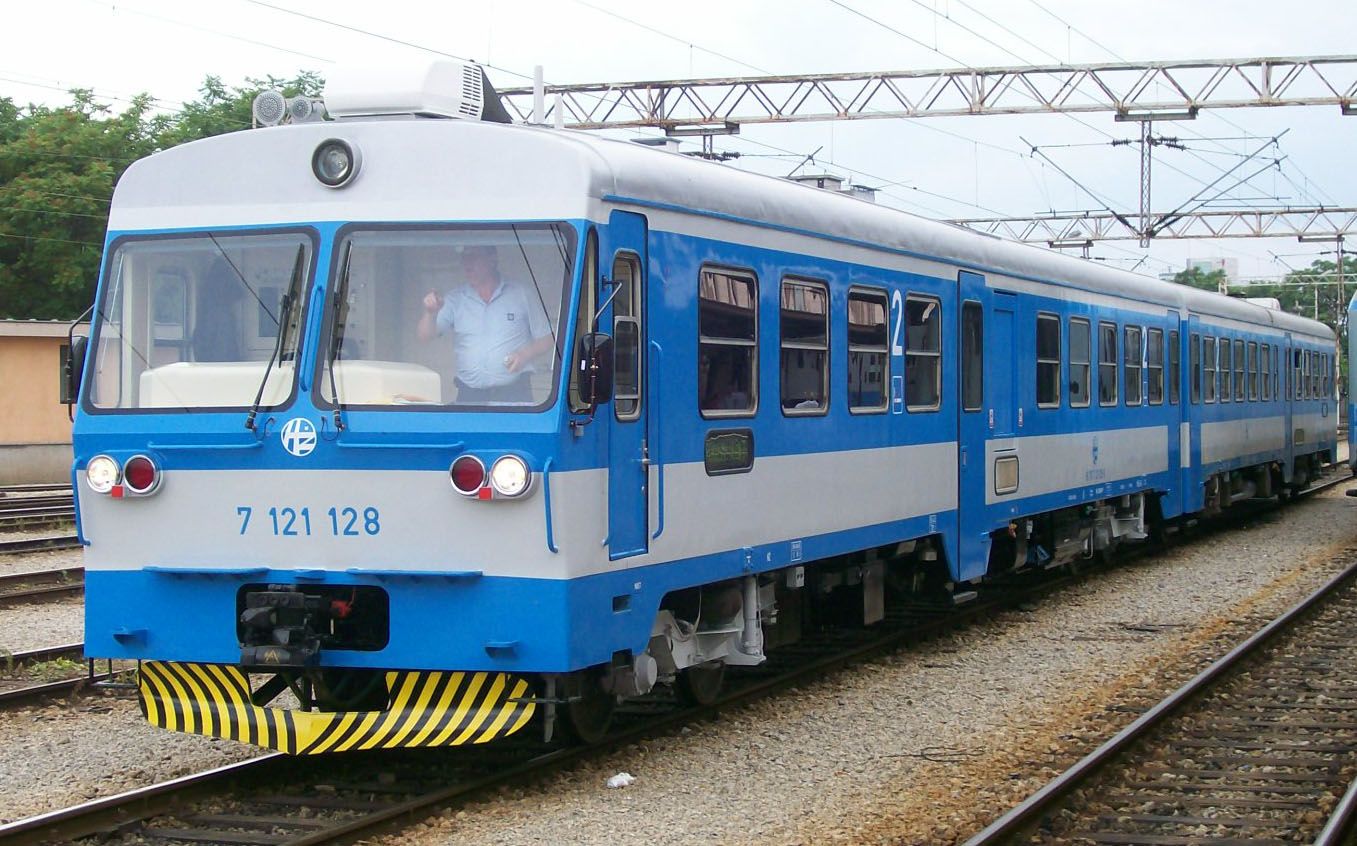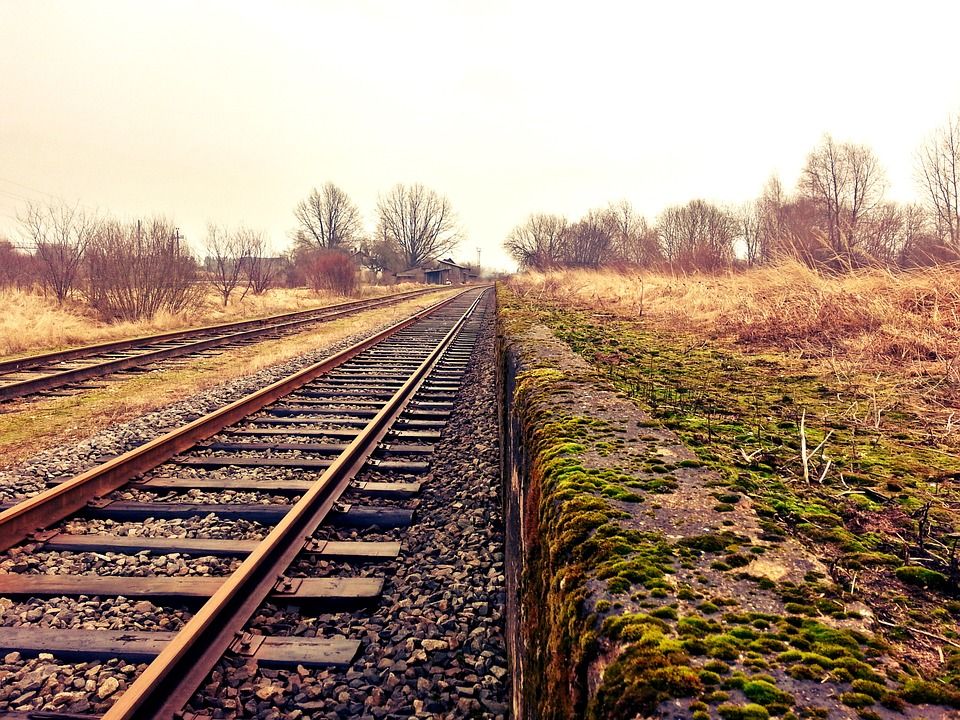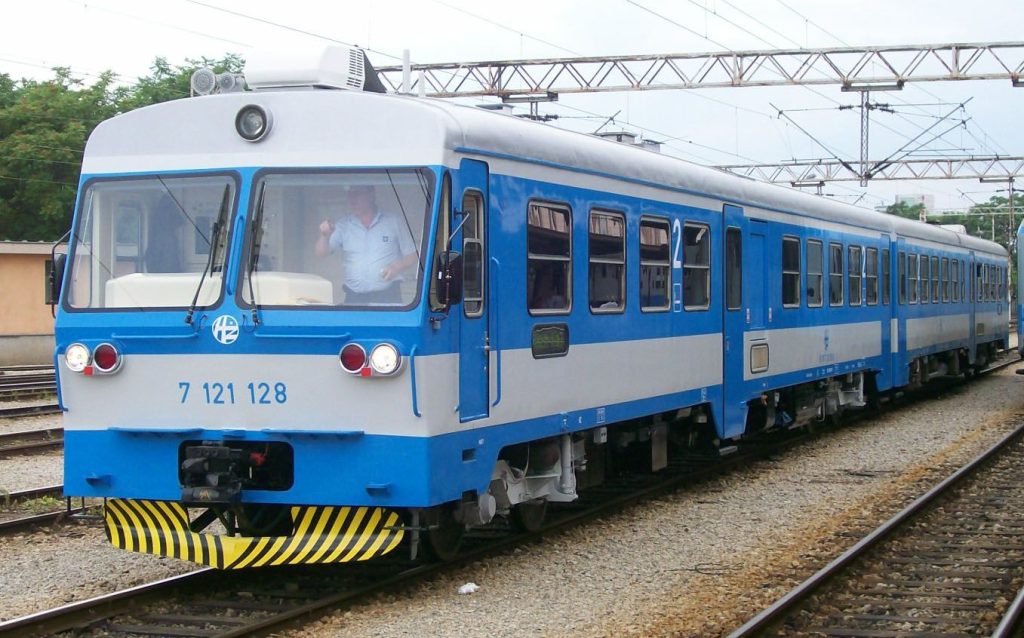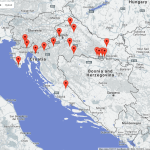May 10, 2018 – A train ride from Rijeka to Zagreb will take you 3.5 hours at best and some 11 hours at worst. Why?
When I first started university 11 years ago, I had to move to Zagreb from my hometown of Rijeka. And so, just like any other freshman who had just moved out of their parents’ place and tasted the sweet sweet freedom of independent adult life for the first time, the only logical move to make was to scuttle back home two weeks later, craving some homemade food and a functioning washing machine.
For us non-driving, car-less folks, there are two ways to get from Rijeka to Zagreb, both based on public transport. One is by bus, taking the A6 highway that will get you to the Croatian capital in a bit over two hours. The other is the train, the duration of the journey varying from 3.5 hours to 11, the reasoning behind the latter option remaining somewhat unclear to this day. (Ticket prices for both lines don’t differ much, by the way.)
I’ve always been the bus type, but my mom’s nostalgic recollections of her own university days in Zagreb and the time she spent on that railway going back and forth between the two cities got me itching to recreate the experience, 25 years later. What’s not to like about trains? More leg space, panoramic views of gorgeous scenery… I had to give it a try, so I checked departure times online and naturally, opted for the 3.5-hour service.
We departed on 17:00, the train cheerfully trotting along the railway towards the Gorski Kotar region. It didn’t take long for me to notice the route seemed unnecessarily complex and long, for the lack of a better word – it took us over 1.5 hours to reach the town of Delnice (usually 30 minutes by car). And then, halfway through the trip, we were informed a part of the tracks was undergoing an overhaul and we had to leave the train. And do what? Well, board a generously provided bus that would take us to Zagreb. So we schlepped our luggage in the pouring rain and boarded the bloody bus, only to have it stop in the middle of nowhere an hour later due to a flat tire. It was already pitch black outside at that point, we had no idea where we were or how long it would take us to get to our destination, and once when the drivers managed to replace the tire, they went on to take a local road instead of the highway.

Instead of 3.5 hours, it took us almost 8 to get to the capital. Another passenger jokingly apologised to two American tourists who seemed scared out of their minds (17, foreign, language barrier, first visit to these parts – welcome to Croatia!), and we all parted ways, tired to the bone and pissed off. It’s no coincidence that one of the proposals submitted to the Croatian Railways (HŽ) when they were looking for a new slogan in 2014 read ‘Anger Management 101’. Have some more suggestions:
HŽ – because arriving on time is a Japanese thing
Discover Croatia as it once was
Slowing down since 1860
I’m not loving it (a new take on McDonald’s famous slogan)
Just don’t do it (same as above, but with Nike)
Take the train, you don’t need to get there anyway
Never comes, never goes
Let’s make a bet you can be even more late!
Travel with us, our trains don’t reach 100 kmh even in free fall
And so on, and so on.
I never got on that train again.
Of course, I’m not saying every train ride in Croatia involves a similar scenario – in some parts, especially in continental Croatia (read: flat Croatia), the train is a pretty efficient method of commute. But when it comes to the Rijeka-Zagreb route, a good part of it curving between hills and mountains, the ride truly is a neverending story (yes, another slogan proposal). I’ve always wondered why the railway was built in such a questionable way – surely it would have been more efficient if the route involved, say, a tunnel or two more. Eleven years have passed since the train ride that forever got me back to my beloved buses, and it was only a couple of days ago that I found out there’s actually a story behind the dreary route. Can you guess what lies behind the faulty railway?
Politics, of course. Croatia as it once was, Croatia as it always will be.
Let’s back up for some context. The first functioning railway in the world started operating in Great Britain in 1825. The US followed in 1830, then France (1832), Germany and Belgium (1835), Austria and Russia (1838), with other countries following suit soon thereafter. We are, of course, looking to Austria – even though the major political force was one of the first countries in Europe to introduce a railway as part of their infrastructure, the said railway system was developing at an excruciatingly slow pace for the first 30 years of its existence. That is, until 1857, when the newly opened line Vienna – Trieste finally rounded up a comprehensive railway network that soon became the main accelerator of economic growth in Austria.
The said line triggered a much faster process of railway construction, but it simultaneously led to strained relations between several national entities that fought for a steadfast development of a railway network on the entire central European territory. Simply put, Austria was a domineering power at the time, and Hungary had to obtain the 19th-century equivalent of a construction permit from Vienna every time they planned to build a new stretch of train tracks. Once when the two countries united in 1867, forming the Austro-Hungarian Empire, the Hungarian railways finally got a chance to develop at a faster pace, without Vienna breathing down its neighbour’s neck.
As it often goes, the bullied became the bully. When Croatia became a part of the Austro-Hungarian Empire in the same year, Hungary started to display the same behavioural patterns as Austria used to: monopolistic, selfish and elitist, blocking every attempt at coveted growth. The political position of Croatia at the time didn’t allow it to stand as an independent entity regarding the issue of railway construction. Nevertheless, the Croatian parliament, Rijeka County and the Chamber of Trades and Crafts in Rijeka were incessantly applying their designs and plans for the new railway, pointing to the larger economic potential all parties could benefit from, but all in vain. In 1873, Hungary had 6253 kilometres of train tracks; Croatia had 408.

And then, a plot twist: Austria started to plan a new railway from the Slovenian town of Pivka to Rijeka, measuring some 55 kilometres in length. Hungary was quick to change its mind, fearing Austria could gain advantage in Rijeka, so it launched a new project: a railway connecting Rijeka and Karlovac, 176 kilometres of tracks that were to be built as quickly as possible.
The project was designed and completed in a hurry, the entire process coloured by competitiveness and mistrust between the two major powers. Such an unhealthy environment heavily influenced the project itself: Hungary insisted on a speedy construction, so they settled on a route that would allow for the fastest possible pace of construction works, turning a blind eye to technical downsides along the way. Some parts of the railway thus have an incredible steep gradient of 25% and a curve radius of 275 meters only. Tunnel-digging wasn’t a preferred option; at certain points of the route where tunnels unavoidably had to be constructed, it was made sure they were as short as they could possibly be.
The railway from Rijeka to Karlovac is twice as long as the clearance distance between the two cities. It was built at a pace of some 112 metres a day, a tempo that was rarely seen at that point in time, and it’s mostly spanning over inaccessible terrain. The construction started on July 26, 1869 and finished on October 23, 1873. Some 23.000 workers took part in the process; many of them fell victim to the adverse working conditions in the process.
It took four years – 1581 days, to be more precise – to build an infrastructural complex that has remained in use for the following 135 years. The unfavourable terrain and specific technical conditions called for several touch-ups as time went by; the railway was renovated on many occasion. Still, it hasn’t changed much.
By the way, the aforementioned Austrian railway connecting Pivka and Rijeka was completed and started operating four months prior to the Hungarian railway to Karlovac. It’s fair to say 1873 was a year that set in motion major economic development of Rijeka, but the two events were celebrated in two equally different ways. The opening of Rijeka-Pivka line was mostly attended by high-ranking government officials, whereas the opening of the Hungarian line was celebrated by the people – it started off quietly, but when the first train departing from Karlovac reached Rijeka, it was met by a jovial local crowd.
Rijeka-Pivka was a line that had a military and political significance, a certain air of social elitism; later on, another leg of the railway was built further to Opatija, one of the oldest tourist destinations in Croatia. On the other hand, the line to Karlovac was mostly seen as an economic tool connecting the continent with the Adriatic coast.
So there you have it – a terrible train ride from Rijeka to Zagreb, a consequence of a hurried construction project completed in the 19th century. All things considered, that 11-hour train ride kinda makes more sense now.
A comprehensive feature about the Rijeka-Karlovac railway is available at Cro-Eu forum (in Croatian).










